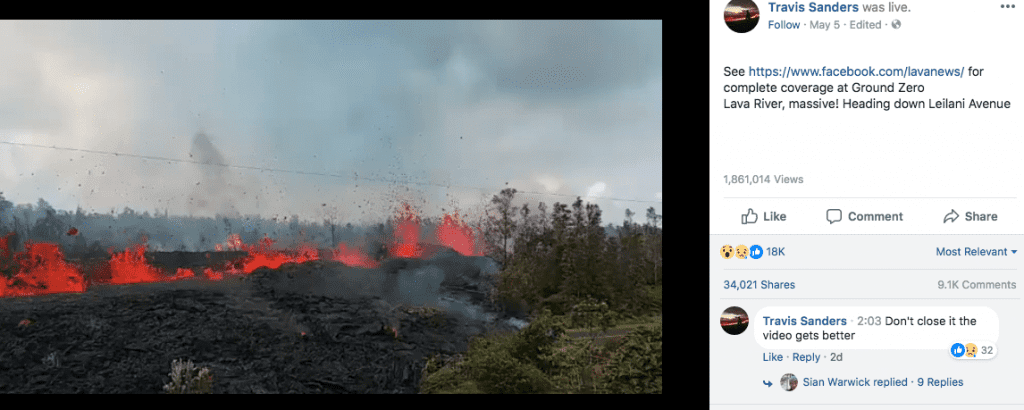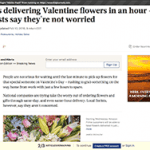
The eruption of Hawaii’s Kilauea volcano has so far led to the destruction of at least 35 buildings, with lava covering the equivalent of more than 75 football fields.
The eruption of Hawaii’s Kilauea volcano has so far led to the destruction of at least 35 buildings, with lava covering the equivalent of more than 75 football fields — and there’s still no end in sight.
Floral industry members in the state saying they’re keeping close watch on the situation.
“We are safe at this time and approximately 10 to 12 miles away of active volcano and gases,” said Eric Tanouye, president of Green Point Nurseries, in Hilo. “We do have friends and vendors in the area and are concerned for their safety, nurseries and losses. “
The company is keeping customers and followers abreast of news on its social media pages.
“Please continue to pray and send good positive thoughts towards us,” said Tanouye, who is also president of the Hawaii Tropical Flower Council.
The Kilauea volcano, located on Hawaii’s Big Island, has been erupting for more than three decades. In recent week, “Lava levels in the Pu’u O’o crater and the volcano’s summit rose…inflating like a balloon,” said Wendy Stovall, a U.S. Geological Survey volcanologist, to NPR. “, the whole bottom of the crater floor dropped out and the magma completely drained away from that system.”
That set off a chain reaction, of geological events, including a series of earthquakes — one of which registered at a 6.9 magnitude — and sent magma headed toward Leilani Estates, a lush residential area, where more than 1,700 people were ordered to evacuate.
Unlike other natural disasters, such as hurricanes, volcanic eruptions have no clear end point, which creates additional uncertainty for affected communities.
“Volcanoes will build up pressure, and then they’ll release that pressure in eruption, and then they’ll pause,” Stovall told NPR. “And then they’ll build up pressure again and release the pressure in another eruption and then they’ll pause again…As long as there’s magma supplying the system we’re expecting more of the same to happen.”
Look for more on affected industry members in future issues of EBrief and Floral Management magazine.



